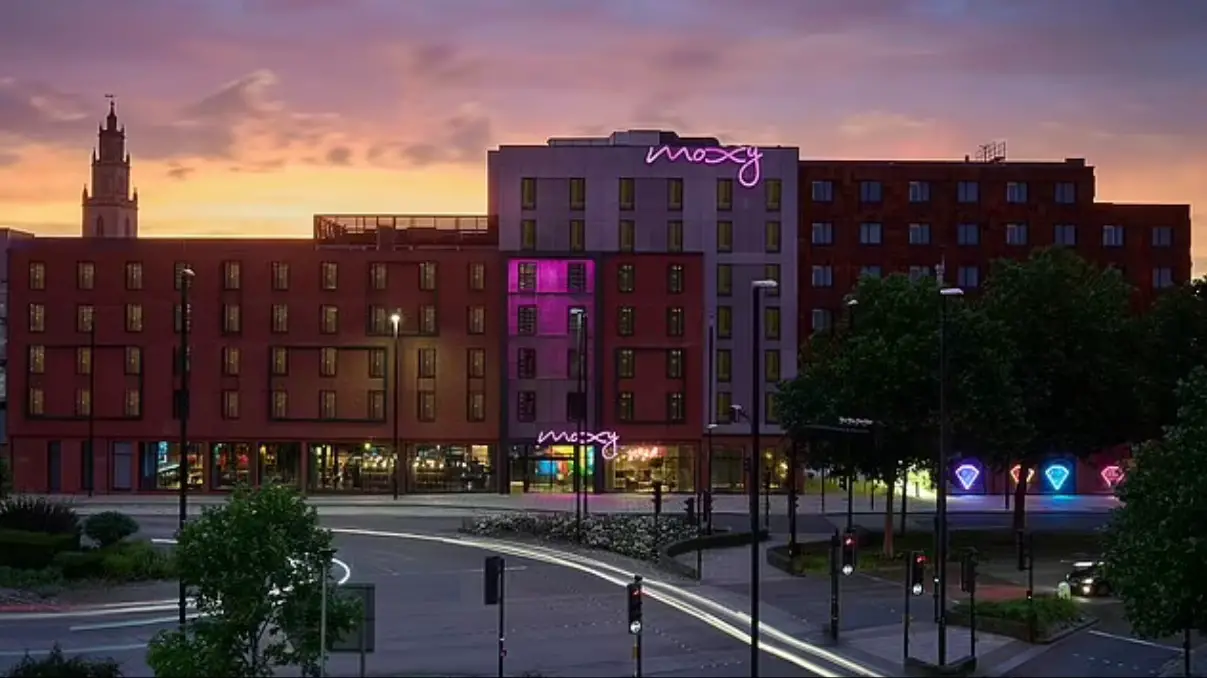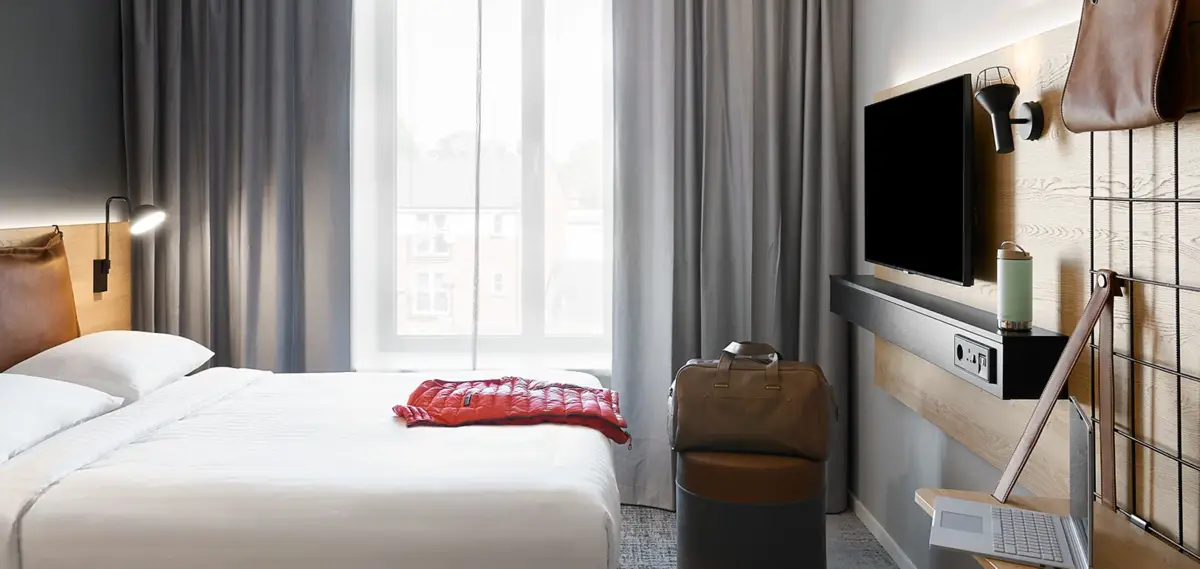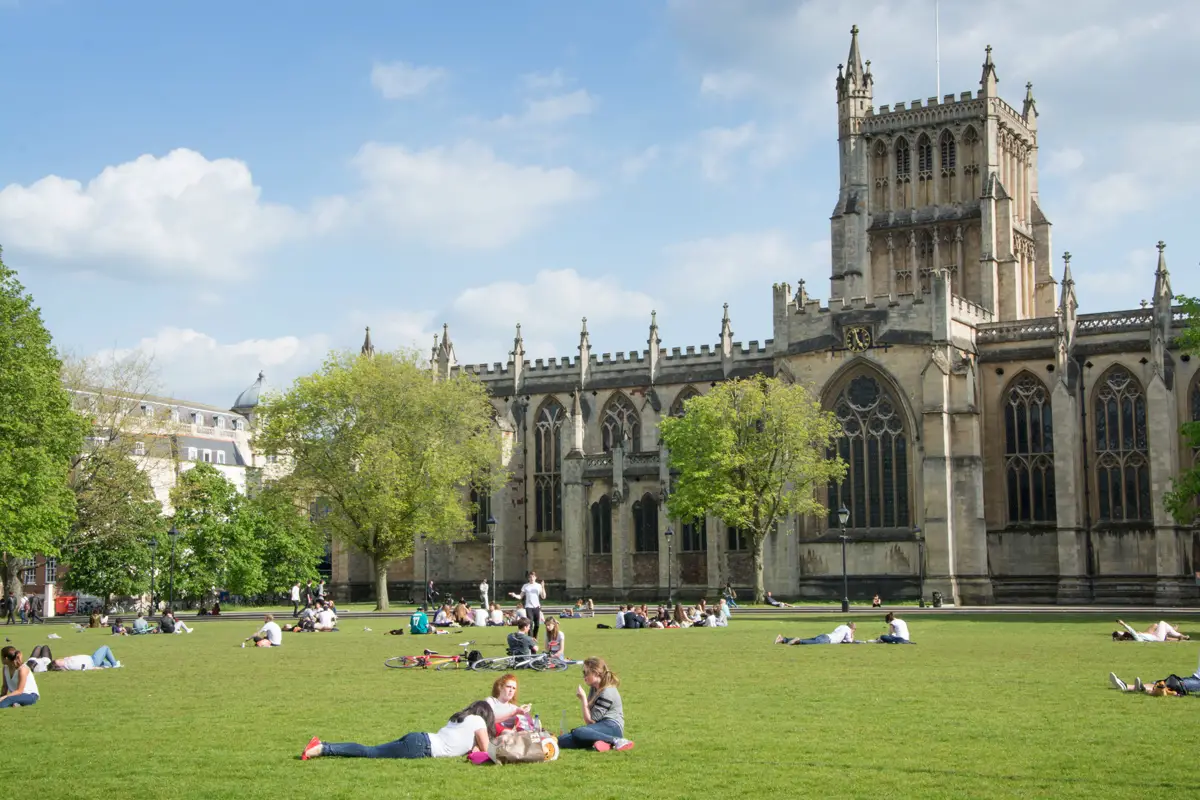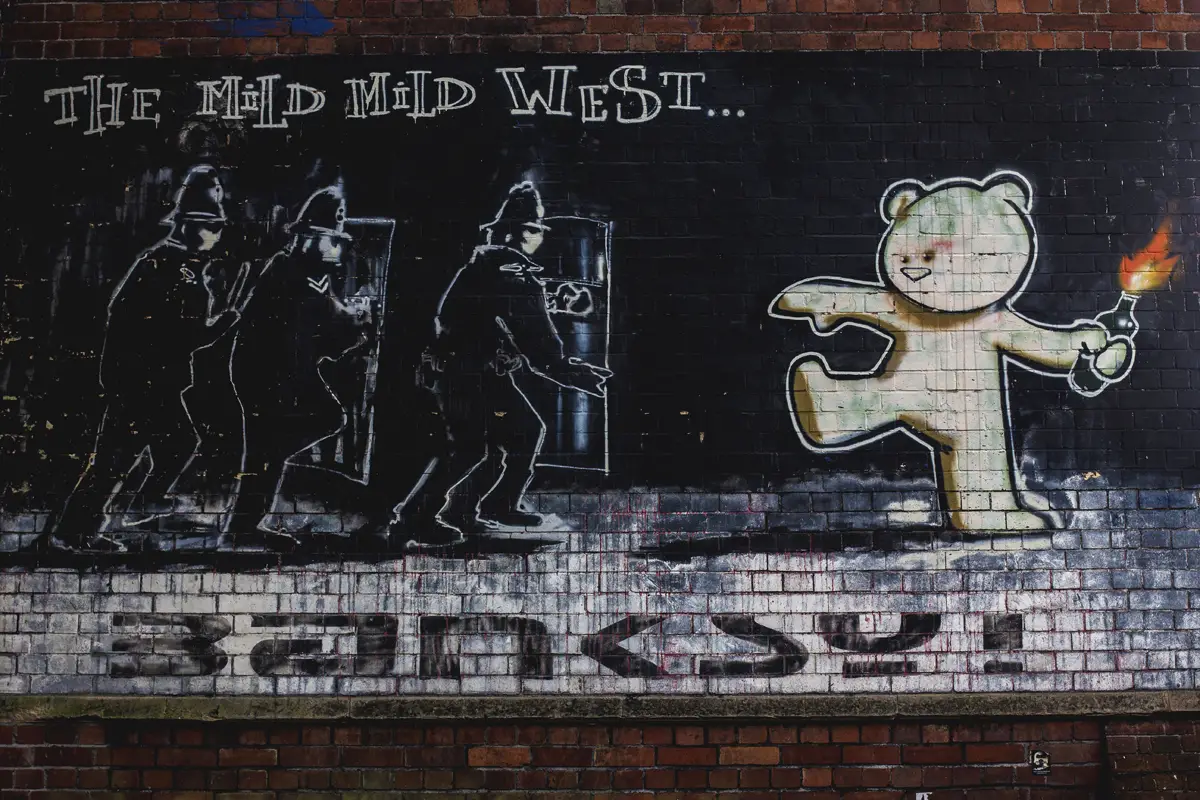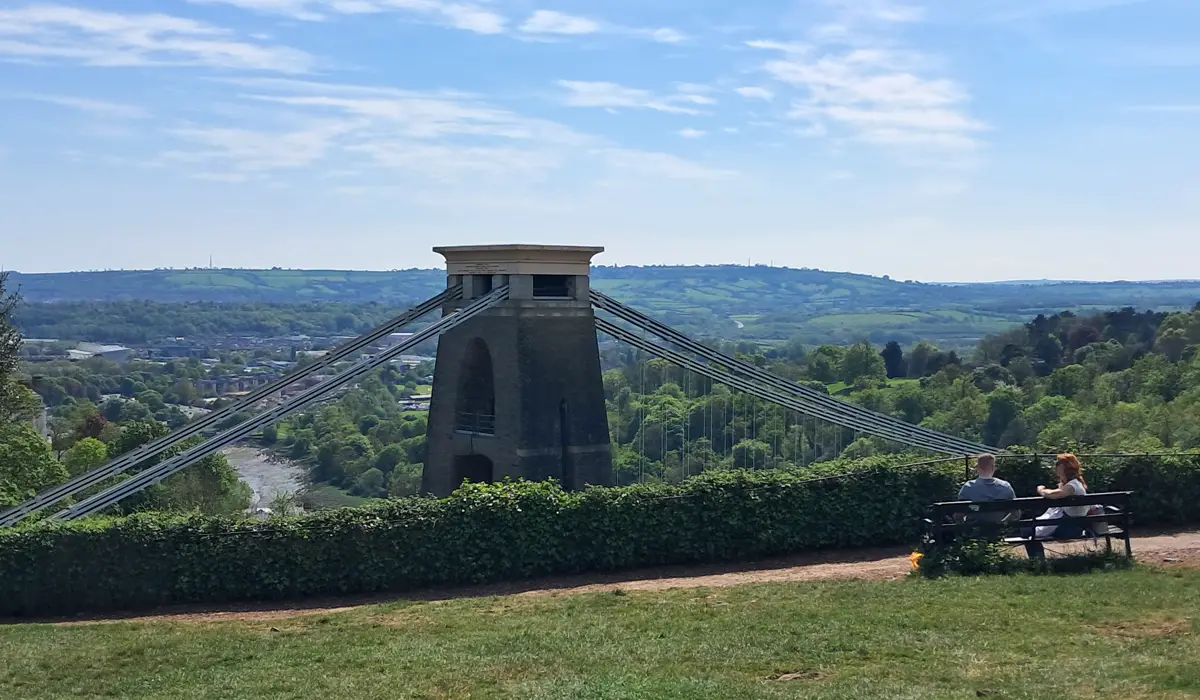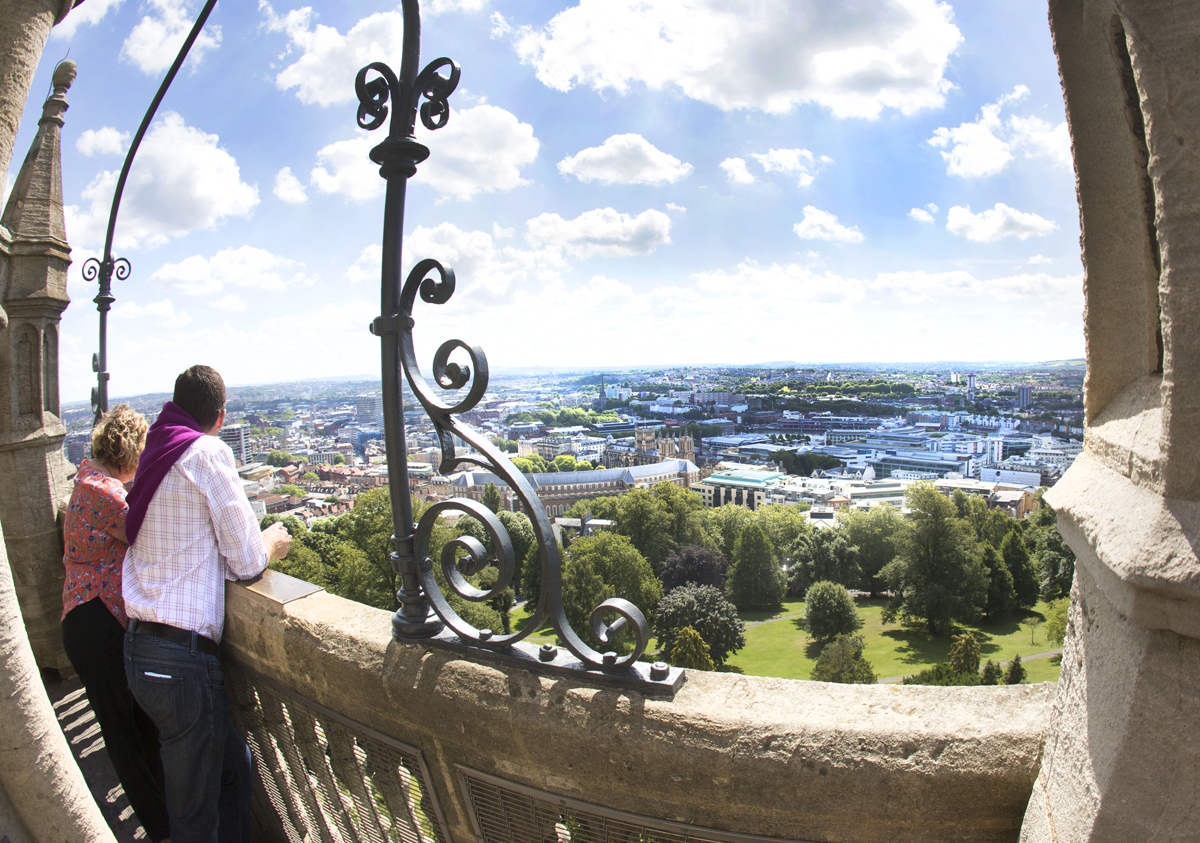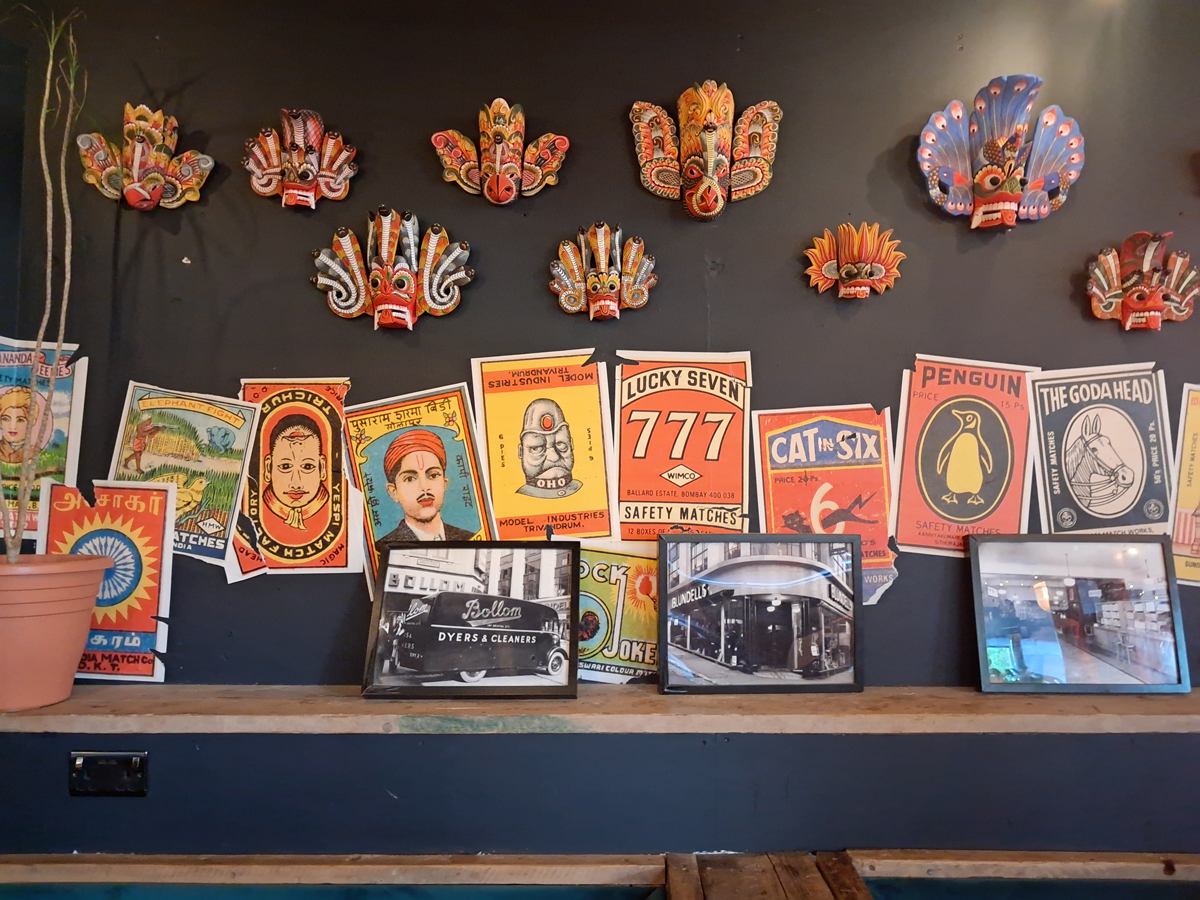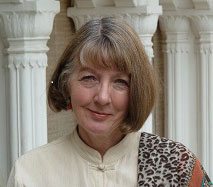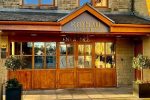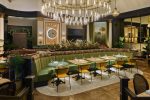Bristol and the Moxy Hotel – Review
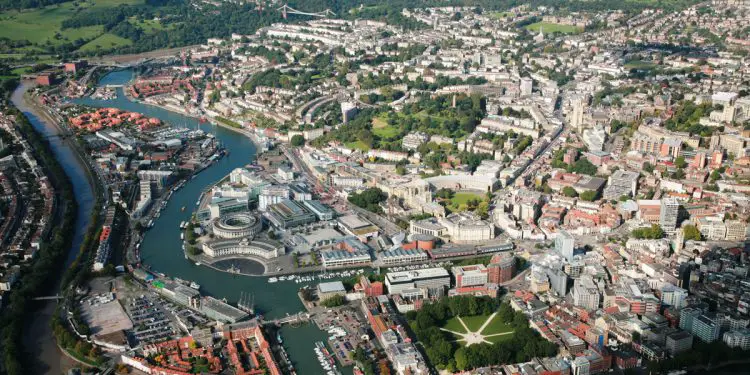
By Clare Jenkins, May 2025
First, the statistics:
It’s ten years since Bristol became the first UK city to be named Green Capital of Europe, for its ‘progressive, creative and conscious approach to urban living’. Five years later, it was crowned Britain’s most eco-friendly city. This year, another league table has seen it beat all other English cities for its record on carbon emissions, recycling, gas consumption – and Green Party seats. Finally, a study by Insider Magazine reckons it’s the UK’s greenest city to live in: almost a quarter of the city is parks, gardens and nature reserves.
Finally-finally… It’s recently been named one of Time Out’s 50 Best Cities in the World, thanks to its diversity and inclusivity (best not tell Nigel Farage), its ‘vibrant’ street art and its ‘famously Bohemian’ record for protests, raves and a whole host of festivals.
So what better place to enjoy a green getaway? Which – naturally – means travelling there by train (it’s one of the best-connected cities in the UK) and getting around by bus and on foot. CrossCountry trains run direct from my hometown of Sheffield to Bristol Temple Meads. So that’s a good sustainable start: according to the rail industry’s Green Travel Pledge, the journey’s carbon emissions are a third what they would have been by car. So, less pollution, more chance to relax, without tedious motorways and the stress of finding parking spaces.
“Clever use of space”
Admittedly, I do take a taxi to the 214-bedroom Moxy Bristol at Cabot Circus, but the hotel boasts impressive eco-credentials. It’s also within walking and bus-ride distance of many of the city’s attractions.
Part of the budget arm of the Marriott chain, the Moxy is quirky and informal. There are messages scrawled, street art-style, in the pink-lit bar, over the luggage lockers, even across the bathroom mirror in my clean and compact room: ‘You Look Gorgeous’, it says. Why, thank you. The room itself is a masterclass in clever use of space. There’s a hanging rail instead of a wardrobe, a desk held up by straps, a large leather-and-tweed pouffe and another soft leather seat next to the comfortable bed.
The staff – like almost everyone else I meet in Bristol – are extremely helpful. Operations manager Fernando Orantes, from Granada, is charming and full of enthusiasm for his adopted city, telling me all his favourite places to visit. They include the Clifton Suspension Bridge (amazing views of the Avon Gorge and beyond), the Georgian House Museum (“Lovely – my favourite museum!”), Cabot Tower (“Great views!”) and the harbourside M Shed museum, with its celebration of the people and places in Bristol.
“Invaluable way of exploring”
“I love Bristol,” he says. “It’s vibrant, it’s young, it’s friendly, and there’s so much going on here: theatre, pop-ups, music, shows, exhibitions…”
It’s also rebellious and “artsy,” as a young waitress sporting two nose-rings and braided hair later tells me. “Everyone here is doing something creative outside of work. Music, writing, performing, painting…”
So what better introduction to the city than a street art walking tour? Luke Sargeant is a guide on the ‘Blackbeard to Banksy’ tour, an invaluable way of exploring the city centre and its famous street-art-aka-graffiti, depending on your point of view and its level of expertise.
The tour starts at College Green, just outside the Grade 1 listed Cathedral, which began as an Augustine Abbey in the 12th Century. Here – as well as seeing its fine collection of carvings and misericords and a 1,000-year-old sculpture called ‘The Harrowing of Hell’ – I first encounter the ghost of Edward Colston. The 17th century sea merchant who rose to become deputy governor of the Royal African Company was once praised as a philanthropist but is now reviled because of his involvement in the transatlantic slave trade.
“Paint-spattered”
A plaque celebrating his life is now obscured by a notice describing him as ‘the trader of enslaved African people’. And it’s not far from the cathedral to the plinth on which Colston’s bronze statue stood for 125 years until Black Lives Matter protestors pulled it down in 2020 and rolled it into the nearby harbour. It was pulled back out a few days later and now lies prone in the M Shed, still splashed with red paint.
Another paint-spattered object is in the fine Museum and Art Gallery: Banksy’s ‘Paint Pot Angel’, a small stone angel whose head is covered by an up-turned paint pot. The influence of Banksy, another of the city’s celebrated (albeit pseudonymous) sons, features heavily on the walking tour. Here, for instance, is the oldest piece of his public art still in existence: the cheeky Well-Hung Lover on a building opposite the council offices, showing a naked man hanging from a windowsill while, above, a man and woman stare out of the window.
When Banksy first started out, says Luke, the council erased his work almost as quickly as it was put up. Now, “they’ve gone from thinking this is terrible vandalism to thinking it’s beautiful, money-making street art”. Indeed, there’s a whole tradition of spray paint and stencils here now, including an annual festival celebrating the city as an outdoor art gallery.
“Sweetly refreshing”
The tour also includes places related to the 17th Century pirate Blackbeard, Harvey’s Bristol cream sherry, Wills’ tobacco (another company with historic links to the slave trade) – and a statue to Raja Ram Mohan Roy, the 19th-century Indian social reformer who sought to ban sati, the practice of burning widows on their husbands’ funeral pyres. He died in Bristol in 1833 and is buried here in a Bengali-style mausoleum.
“There’s no substitute for a tour like this, is there?” says a fellow walker as we pass St Nicholas Markets, packed with repurposed shipping containers selling street food. “It just gives you a real insight into a city.”
Statistic alert: five years ago, Bristol was named vegan capital of the world by an online food magazine. For dinner, I’m booked into Pieminster Broad Quay, ‘pie makers with the highest sustainability credentials in the UK’. Thanks to its ‘Eat pies, plant trees’ initiative, where money is donated to Forestry England for every plant-based pie sold, it offers plenty of vegan options.
I choose the ‘Heidi’, filled with goat’s cheese, sweet potato, spinach and red onion, and served with a side dish of sweetly refreshing tenderstem broccoli, peas and shoots. A satisfying, perfectly balanced meal, eaten in a relaxed atmosphere, and served by Kaya, who’s sporting an array of badges – of Elvis, the drag icon Divine, various characters from comics and TV. “It’s my grandma’s fault,” she tells me. “She used to love watching 50s and 60s TV shows with me.”
“Wildflowers and birdsong”
There’s plenty to watch just from Pieminster’s windows, including theatregoers queuing outside the Hippodrome to see The Tina Turner Musical. Afterwards, I walk back to the Moxy, dodging cyclists and e-bikers as I do so: Bristol became the UK’s first cycling city in 2008, and cycle tracks criss-cross the centre.
Breakfast next morning is self-served in the sleekly furnished bar area: an excellent array of fresh fruit salad, muesli and granola, smoothies, cold meats and cheeses, hot dishes, bread and rolls in Barbie-pink tins…
Then it’s off again, by foot and the No 8 bus up to Clifton. I’ve already discovered that, while Sheffield is hilly, Bristol is positively Himalayan. Another similarity between the two cities is those green spaces. There’s Leigh Woods, for instance, across the suspension bridge, and The Downs – 442 acres of countryside bordering Clifton village and home to the university’s Botanic Garden.
Then there’s Brandon Hill nature reserve, Britain’s oldest park, full of winding paths, wildflowers and birdsong. And, round every corner, garden squares like those in London or Edinburgh, surrounded by crescents of tall, elegant houses with white fretwork and canopied balconies.
“The hills keep you fit”
Clifton makes a lot of its independent spirit: full of indie cafes and shops and boho-chic boutiques. An elderly woman in a floaty pink dress and sparkly shoes, a lilac bow in her silver hair, strolls past with her poodle. An artist works at his easel on a pavement. And of course there’s a shop selling loons, striped wool jackets, joss-sticks and other goods from India and Nepal. “Groovy!” sighs a young man as he comes in. “I love tie dye!” exclaims his girlfriend. We’re never far from the Sixties here.
An older man in a linen jacket is sipping coffee outside a pavement café. “Clifton’s very special, don’t you think?” he says. “A lovely part of Bristol, like a little bit of France. And the hills keep you fit – like the Seven Hills of Rome!” (Or did he mean Severn?)
More inclines await on my evening walk to Nadu’s Sri Lankan restaurant up in Stokes Croft, home to more celebrated street art, including Banksy’s Mild Mild West. And, from my restaurant table, I have a fine view of people teetering down St Thomas Street almost at right angles.
“Still buzzing”
The Nadu (Tamil for ‘home’ or ‘land’) shows its Sri Lankan heritage not just in its delicious food, but also in its décor, which includes devil heads, Ramayana masks, colourful posters and Indian basket lampshades.
And the food is mouth-watering: Kai Kari Salna, a spicey curry of cauliflower, carrots and peas, accompanied by delicately spiced coconut rice and a wonderfully complementary side dish of poriyal (green beans and shoots with moong lentils). Sadly, it’s so filling there’s no room for dessert, despite the temptations of kulfi, burfi and payesam (‘classic South Indian dessert with vermicelli, milk, cardamom and saffron’).
As I stroll back to the Moxy, the city is still buzzing, still friendly, still hilly. And I reflect that, when I get back home, Sheffield might seem a bit subdued. And almost as flat as the Fens.
Double rooms at the Moxy start at £79 (£89 with breakfast). The Moxy Bristol, 55 Newfoundland Street, BS2 9AP, tel: 0117-2440228 – marriott.com
Pieminster Bristol, 7 Broad Quay, 0117-3257616 – pieminister.co.uk
Nadu, 77-79 Stokes Croft BS1, 0117-9446045 – nadubristol.com
Blackbeard to Banksy, the Ultimate Bristol Walking Tour, 04781-1975275 – blackbeard2banksy.com
Top image: Visit Bristol – visitbristol.co.uk
CrossCountry trains run regular train services to Bristol from all over the country: crosscountrytrains.co.uk
